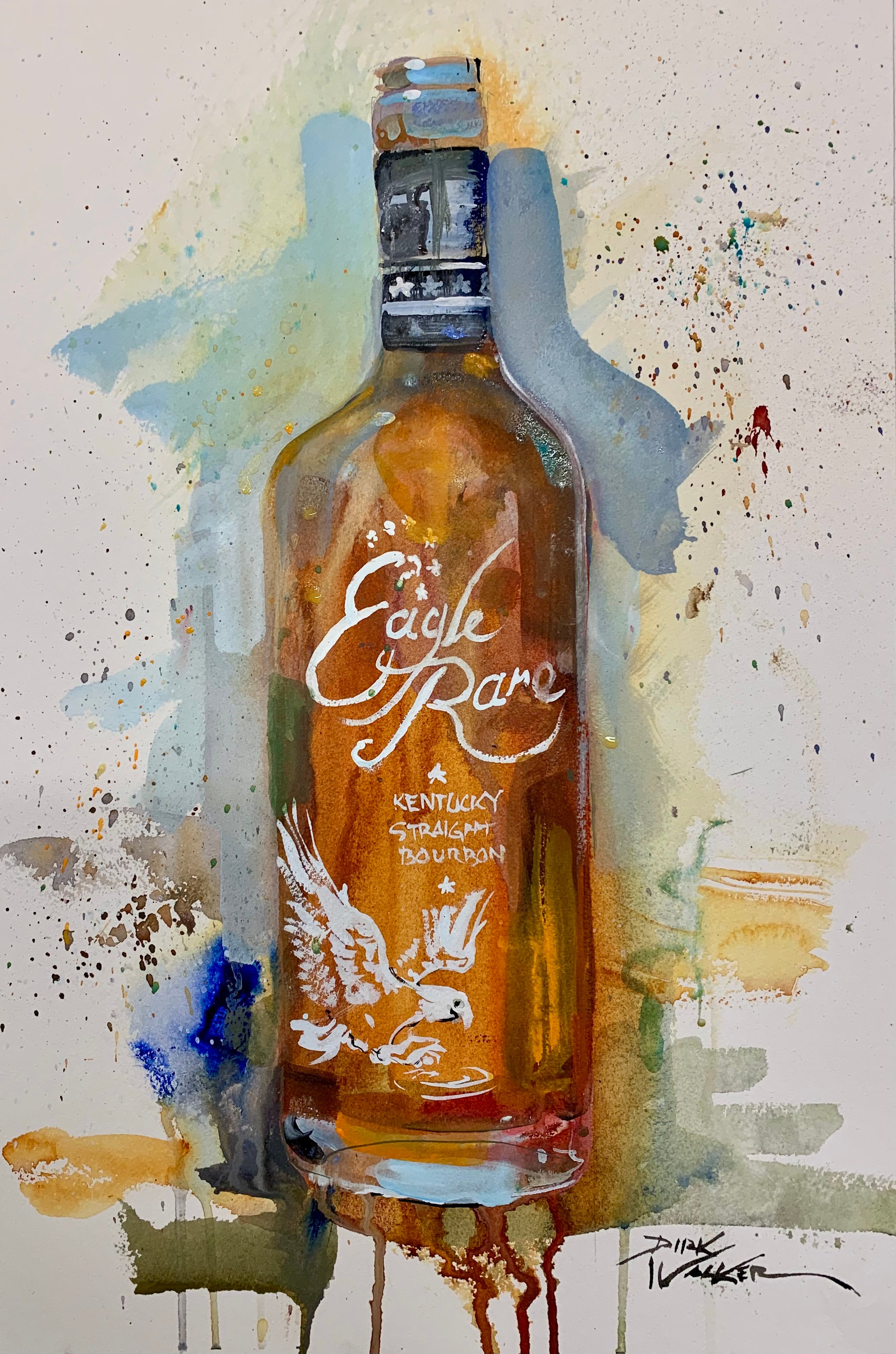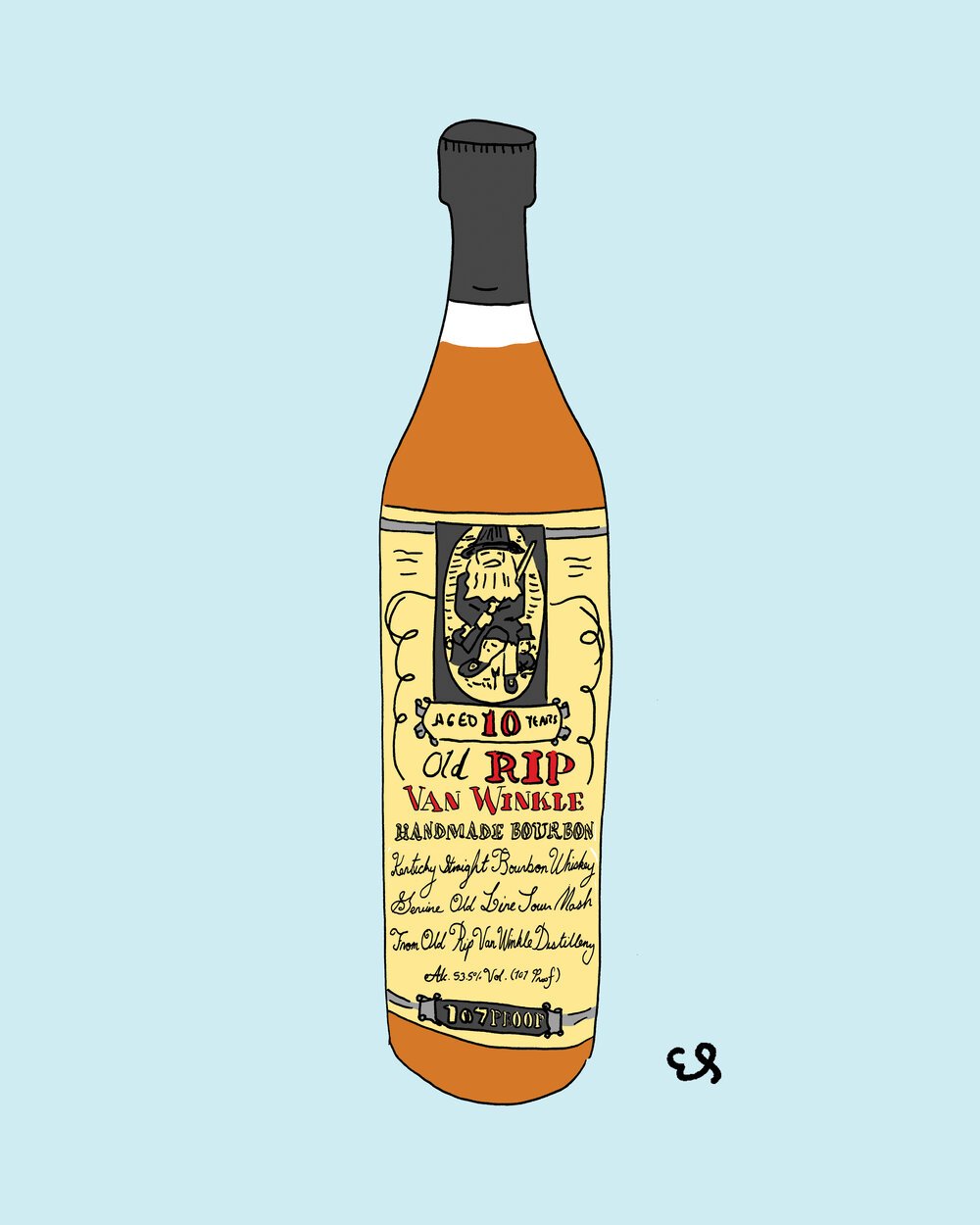Limited Edition: Discover Exclusive Bourbon Art Pieces for Collectors
Limited Edition: Discover Exclusive Bourbon Art Pieces for Collectors
Blog Article
The Value of Whiskey Art in Celebrating Heritage and Workmanship in the Beverage Sector
The detailed relationship between scotch art and the party of heritage and craftsmanship within the beverage industry can not be overemphasized. Through attentively developed containers and tags, scotch brands encapsulate their historic origins and the artisanal skills that define their manufacturing techniques. This creative measurement not only improves market allure yet likewise acts as a conduit for cultural storytelling, promoting a much deeper connection in between the customer and the craft. As we discover the numerous facets of this subject, appealing questions concerning the effect of modern-day patterns on typical techniques emerge, motivating more assessment.
The Historical Origins of Whiskey
At the heart of bourbon's attraction lies a rich tapestry of historic origins that map back to ancient human beings. The beginnings of bourbon can be linked to the purification techniques of the Sumerians and Babylonians around 2000 BCE, where very early forms of fermented grain drinks started to arise. Nonetheless, it was in the Middle Ages that the art of distillation progressed substantially, particularly in Ireland and Scotland, bring about the production of scotch as we understand it today.
The term "scotch" itself acquires from the Gaelic word "uisce beatha," suggesting "water of life." This phrase underscores the cultural importance of scotch in Celtic societies, where it was typically related to routines, parties, and communal bonding. By the 15th century, purification ended up being a recognized craft within reclusive communities, paving the method for the establishment of lawful distilleries.
As trade routes broadened, bourbon's appeal expanded, transcending local limits and recording the interest of lovers worldwide. Whiskey Art. This historic trip reflects not just the craftsmanship behind whiskey manufacturing yet additionally its integral role in social and social contexts, noting it as a substantial drink throughout history
Artistic Expression in Branding
Bourbon branding stands as an engaging crossway of artistry and commerce, where visual identification plays an important duty in forming consumer understanding. The looks of scotch tags, packaging, and advertising and marketing materials show not just the brand name's tale but likewise its core values and heritage. Through imaginative expression, distilleries communicate a story that resonates with consumers, stimulating emotions and triggering connections.
The usage of shade, typography, and images in branding offers to set apart items in a saturated market. Traditional motifs might stimulate a sense of credibility and craftsmanship, while contemporary designs can signify technology and forward-thinking. This critical creative instructions improves brand name acknowledgment and loyalty, permitting customers to create an individual relationship with the whiskey they choose.
Additionally, creative expression in branding commonly works as a party of regional heritage. Distilleries frequently integrate neighborhood icons or historical recommendations into their layouts, creating a sense of location that welcomes consumers to engage in a wider social experience. Inevitably, the artistry behind whiskey branding not only enhances visual appeal however additionally enriches the general narrative of the brand, promoting a deeper admiration for the workmanship and heritage ingrained in each container.
Workmanship in Container Style
The virtuosity obvious in bourbon branding prolongs past visual identity to encompass the workmanship included in bottle design. Each container acts as a vessel not just for the spirit within, yet additionally for the story it outlines its origin, practice, and quality. The layout process needs careful interest to detail, as components such as closure, shape, and material add substantially to the overall understanding of the whiskey.
Workmanship in container style includes official source picking high-quality glass that can improve the bourbon's shade and clearness, while likewise giving a tactile experience for the customer. The silhouette of the container must be both practical and visually attractive, often reflecting the heritage of the brand. Many distilleries decide for distinct forms or printed logo designs that evoke a sense of authenticity and history.
Moreover, the tag layout and typography play a crucial function in communicating the brand's narrative. Bourbon Art. A well-crafted bottle not just astounds the customer's eye but also reinforces the brand's dedication to quality and practice. By doing this, the workmanship of bottle layout becomes an essential aspect of the bourbon experience, combining visit here creativity with a profound respect for heritage
Social Importance of Whiskey Art
Celebrating tradition and workmanship, the cultural relevance of bourbon art transcends mere looks, intertwining with the social and historical stories of the regions from which it originates. Each bottle works as a canvas, portraying the one-of-a-kind tales, mythology, and practices that have actually formed neighborhood whiskey-making practices. The elaborate styles usually reflect the heritage of the distillers, incorporating symbols and motifs that reverberate with the culture and values of their communities.

Furthermore, whiskey art plays a crucial function in public click to read more gatherings and celebrations, acting as a concrete web link in between people and their shared experiences. By valuing the artistry in scotch product packaging, consumers grow a much deeper understanding and respect for the craft, eventually enhancing their enjoyment of the beverage itself.
Modern Trends in Scotch Presentation
Over the last few years, the discussion of whiskey has actually advanced to reflect modern preferences and patterns while still honoring conventional workmanship - Bourbon Art. Distilleries are increasingly focusing on aesthetic components that boost the overall drinking experience, bridging the gap between heritage and modernity
Innovative bottle layouts have arised, typically integrating lasting materials and imaginative labels that inform engaging stories. Numerous brands now collaborate with neighborhood musicians, instilling their products with distinct aesthetic expressions that resonate with consumers. In addition, limited-edition releases are often packaged in collectible containers, adding value and allure for lovers.

Final Thought
In conclusion, scotch art serves as an essential channel for revealing the heritage and workmanship fundamental in the drink sector. Through elaborate branding, cutting-edge bottle layouts, and culturally considerable creative aspects, scotch brands properly honor their customs and connect with customers.


Workmanship in container design entails selecting top notch glass that can improve the whiskey's color and clarity, while additionally providing a tactile experience for the customer. In this method, the workmanship of bottle style ends up being an essential element of the scotch experience, combining virtuosity with a profound respect for heritage.
In final thought, bourbon art serves as an important conduit for sharing the heritage and workmanship intrinsic in the beverage industry.
Report this page